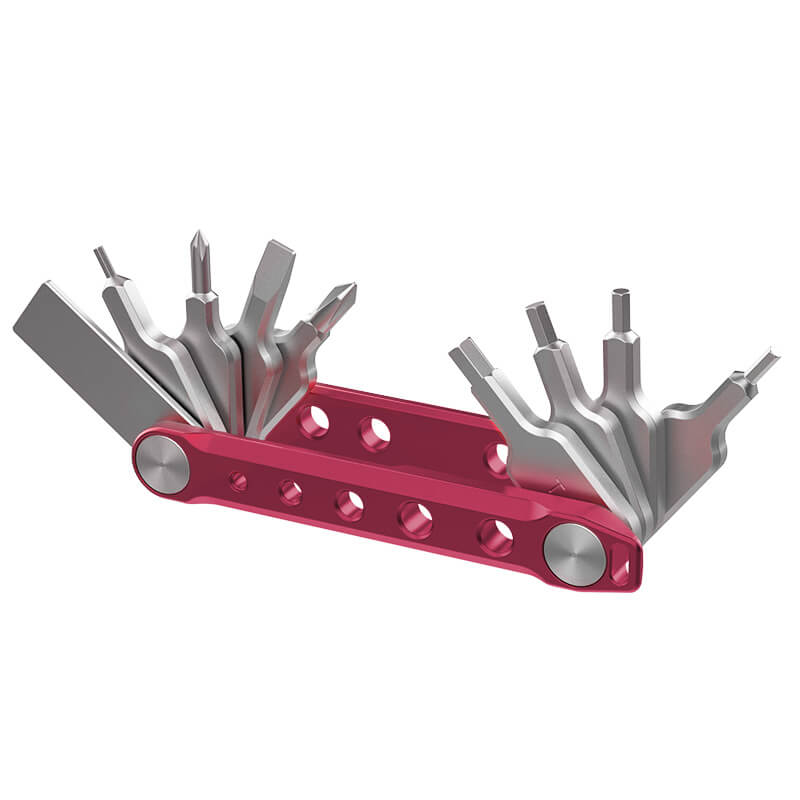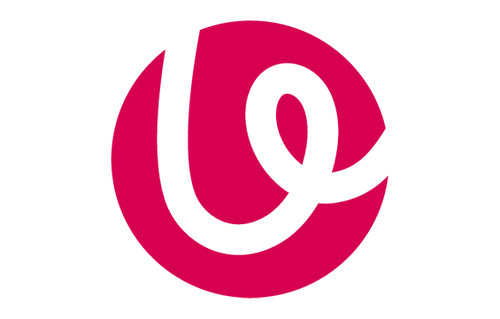Flexible tripods have become an essential accessory for photographers and videographers to capture unique angles and stabilize shots in difficult positions. But with a wide variety of brands, features, and specifications now available, choosing the right flexible tripod can be tricky. This buying guide will walk you through the key factors of load capacity, height, compatibility, features, and budget to consider when selecting a flexible tripod. Whether you need an ultra-portable mini tripod for your phone, a mid-sized flexible tripod for your mirrorless camera, or a heavy-duty option for large DSLRs, we'll outline the best picks with flexible legs to meet your needs and adapt to any environment. Equipped with the information here, you'll be ready to confidently choose your ideal flexible camera tripod.

What is a Flexible Tripod and How Does It Work?
A flexible tripod is a versatile camera support that combines adjustable legs and joints with a traditional tripod stabilization head. Rather than having fixed-length metal or carbon fiber legs, flexible tripods use bendable legs made of padded materials like plastic, rubber, or foam. This allows the tripod to wrap around objects and adapt to uneven surfaces that rigid tripods cannot conform to.
The flexible legs can tilt, twist, and bend into different positions, angles, and heights to provide stability where needed. The exact flexibility and load capacity depend on the central support running through the legs. Common materials used are aluminum alloy cores, steel springs, and layered foam inserts that provide excellent torsional resistance without breaking.
The base of the tripod retains a mounting screw plus accessories like a ball head and a quick-release plate to attach your camera securely. This tripod head moves independently of the flexible leg positioning, allowing you to swap between different views, track moving subjects, and adjust stability without needing to reposition the entire tripod again.
Flexible tripods act like an extra set of hands to position and support a camera in creative ways that no human assistant could accomplish comfortably. The adaptive legs provide customized angles unavailable in rigid tripods, opening unique photographic and filming possibilities.

Key Factors to Consider When Buying a Flexible Tripod
Load Capacity and Stability
The maximum load that a flexible tripod can safely hold is crucial to ensure your gear stays securely mounted. Lightweight mini tripods may support phones and compact cameras up to 2KG, while larger heavy-duty options can handle DSLRs with telephoto lenses weighing 5KG or more without flexing. Also, inspect the central core and leg construction - layered foam or military-grade aluminum alloy cores provide more torsional resistance when twisted and prevent vibration.
Height Range and Adjustability
Flexible tripods vary widely in terms of minimum and maximum height capabilities, which directly impacts the shooting positions they can achieve. Some tabletop models can stand as short as 10-15cm tall, providing ultra low-angle perspectives perfect for product photography or capturing your pet's point of view. Larger octopus-style tripods with central core support can extend up to 30cm for ground-level macro flower and insect photography. Consider the most common low-angle and high-angle needs your filming requires before deciding on height range limitations. The most versatile flexible tripods strike a clever balance in their telescoping design to facilitate diverse vantage points, from extremely low dollhouse views to standing human eyesight.
Portability and Weight
The compact folded size can make or break mobility, needing to fit in your gear bag and not weigh you down hiking. Some tripods are very portable at 100-300g and 10-15cm long but compromise stability. Mid-range flexible tripods average 300-500g and pack down shorter than 30cm. Largest flexible tripods may exceed 1KG but still beat traditional tripods for packed size.

Compatibility With Your Camera Equipment
Ensure plates, mounts, and screw threads fit your gear's tripod sockets and holes to allow proper attachment. Standard 1/4" -20 and 3/8" screw threads connect most cameras, but larger DSLR rigs need 1/4" -20 threads. Quick-release (QR) plates should also match your brand type or be easily replaced.
Features Like Ball Heads, Quick Release Plates, Etc.
Extra features vary widely, so know what functionality you need. Independent QR ball heads allow quick aiming without affecting flexible leg positions. Hot shoes mount strobes and LEDs directly on the legs. Some legs convert into a horizontal arm for immersive product photography. Others contain concealed smartphone mounts or Bluetooth remotes inside the grip.
Price and Budget
Flexible tripod prices run from $10 to $200 USD or more. Match carefully based on the features and performance level your filming demands. Expect more durable materials, smoother adjustments, and stronger locking strength as you pay for premium quality products with consistent results and rigorous testing that protects your expensive photography gear.
Matching Your Needs to the Right Flexible Tripod
Lightweight Portability vs Maximum Stability
There is always a tradeoff between compact portability and maximum stability when selecting a flexible tripod. Small mini tripods for phones emphasize lightweight designs around 250g and fit in any bag, but can support 3KG loads. Larger tripods provide reinforced stability for big zoom lenses yet still beat traditional tripods for packed size. Choose based on the camera gear you need to mount regularly.
Compatibility Factors With Your Gear
The right flexible tripod fully supports your largest camera and lens combo. Calculate your gear's total load weight and ensure the tripod's capacity, threads, plate mounts, and accessory shoes all match properly. Mini tripods work for mirrorless kits under 1 kg. Octopus-style tripods support 2-3KG for mid-size DSLR bodies and small lenses. Big telephoto zoom needs heavier-duty 4-5KG support.
Consideration of Special Features and Accessories You May Need
Many flexible tripods now integrate practical extras like Bluetooth remotes, LED fill lights, product photography arms, and concealed smartphone mounts. Think through your common shooting scenarios and any gizmos that would simplify complex camera angles. Useful accessories that save additional purchases may justify a higher budget if regularly needed.
Budget and Value Analysis
With such a wide span of prices from $10 to $200+ USD, setting a comfortable budget helps filter options. Those under $50 favor light use with phones and mini action cams. As mass manufacturing has improved, premium construction like twist-locking rubber legs and aluminum alloy ball heads has migrated to the budget category formerly relegated just for smartphones and action cams. Carefully assess your needs, as inexpensive, flexible tripods may impress owners with better-than-expected versatility, durability, and stability, protecting far more valuables than assumed.
Recommendations of Top Flexible Tripod Options
Best Lightweight and Portable Flexible Tripod
The Octopus Tripod earns top marks for mobile shooters, prioritizing lightweight portability without sacrificing key performance. Weighing only 278g, its flexible legs, reinforced core, and removable ball head pack down to a mere 250mm when folded. This compact size easily slides into a jacket pocket or small gear bag compartment, ready to capture spur-of-the-moment shots. Yet when fully extended, the tripod's maximum working height reaches 222mm to facilitate low-angle perspectives, which is not possible by handholding many mirrorless and mid-sized DSLR camera options. Its press-type CLAW quick-release plate also makes switching between ground shots to eye-level handheld a nearly instant process while preventing expensive camera bodies from accidental drops. Even with the impressive flexibility to wrap completely around railings or poles, the aluminum alloy core helps this tripod retain impressive stability when supporting up to 3kg total camera loads. That capacity handles a Fujifilm X-T3 with an 18-55mm lens kit without budging, ideal for casual outdoor lifestyle and travel content creators.

Best All-Purpose Flexible Tripod
Serving as the workhorse for all-around flexible camera support needs, the F38 Octopus Tripod retains nearly identical compact dimensions with a 278g weight and 250mm folded height as our top portable pick. This tripod upgrades the quick-release plate to an elastic press design that enables the secure attachment and detaching of camera gear in a mere 3 seconds. Vloggers constantly moving filming locations will fall in love with that speed. The ergonomic grip gives a feeling of solid security when adjusting flexible leg positions one-handed, shaped to comfortably hold this flexible tripod while leaving the other hand free to control camera settings. Matching the same impressive 3kg load capacity, the F38 supports an enthusiast-level Canon Rebel DSLR setup with a 24-105mm zoom lens to shoot everything from selfie product reviews to a full family vacation gallery with all the features that make this our top mid-tier recommendation for maximum versatility across tripod needs.

Don't Miss Your Chance - Grab Your Flexible Tripod Today!
With the key factors and top recommendations outlined above, you now have the guidance to select a flexible tripod tailored to your camera setup and shooting style. Consider when you would use those tricky angles inaccessible to bulkier rigid tripods, whether chasing candid street scenes or contorting for studio product shots. Invest for the long term in a flexible tripod, meeting both current and future creative needs as you upgrade lenses and locations. Finding your gear's perfect supportive partner liberates the unique perspectives you imagine but battle achieving alone. So grab a flexible tripod sized for you, twist up the legs, and show the camera angles you've been missing!






